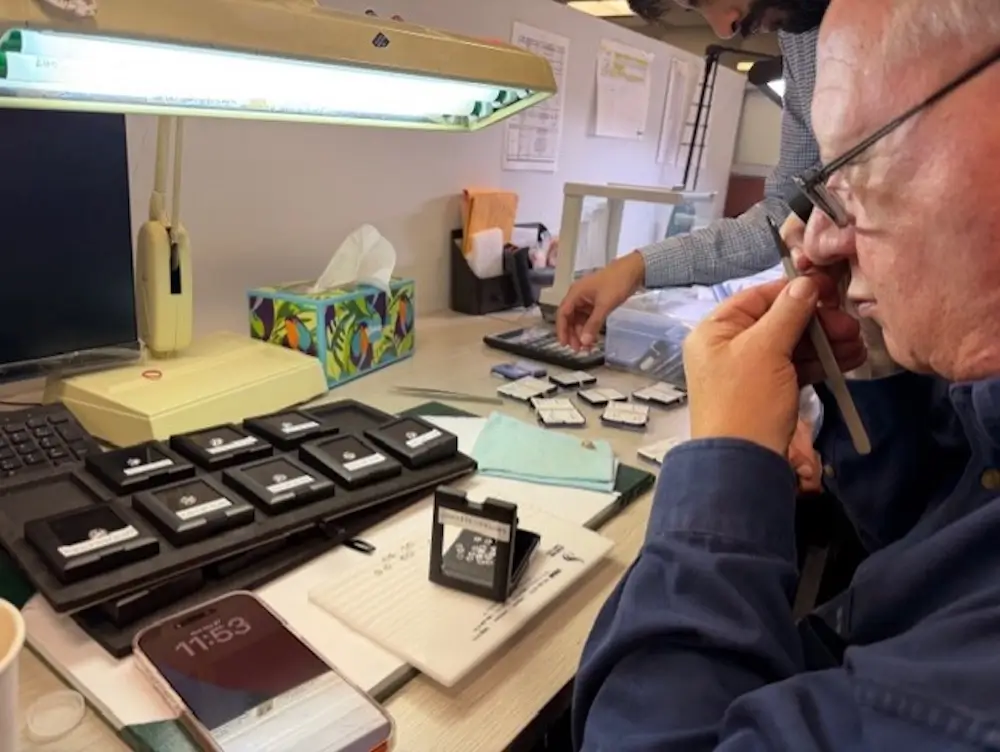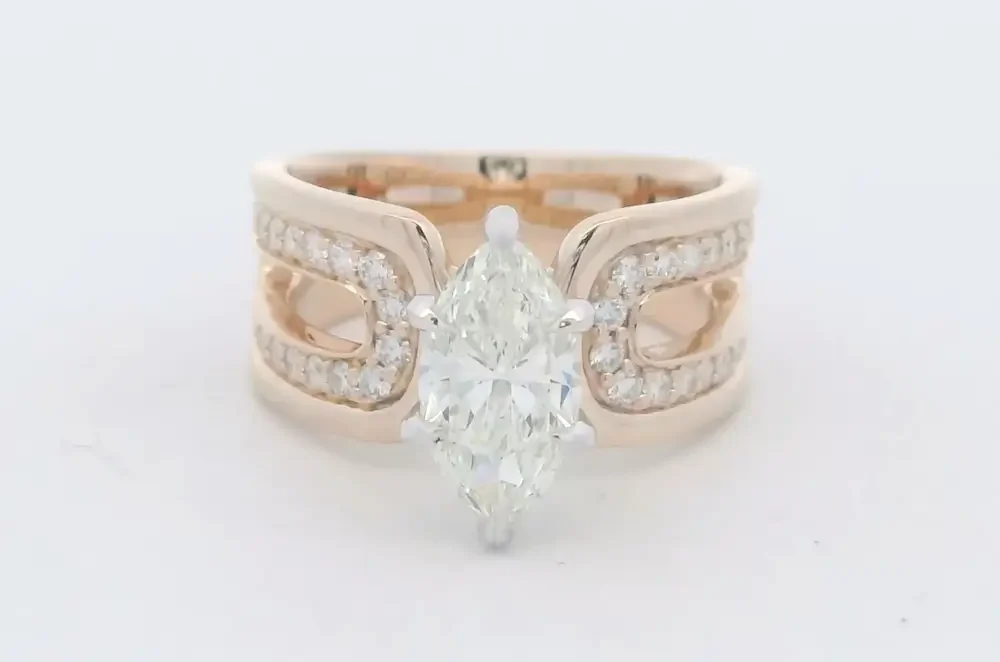
Hand-Selected Diamonds, Chosen Just for You — With Care You Can See
Every diamond tells a story not just through its sparkle, but through the care that goes into choosing it. For Elliott Herzlich of Elliott’s Jewelers in
As we celebrate June’s birthstone — the timeless and elegant pearl — we spotlight one of history’s most extraordinary jewels: Marie Antoinette’s natural pearl and diamond pendant, which shattered records when it sold for $36.8 million at Sotheby’s Geneva in 2018.

This spectacular piece, featuring a slightly baroque-shaped natural saltwater pearl, was once part of the doomed French queen’s private collection. Measuring an impressive 15.90mm x 18.35mm x 25.85mm, the pendant is suspended from a diamond bow set with an oval diamond — a design that exemplifies 18th-century royal refinement.
But what makes this jewel even more compelling is the extraordinary story of how it escaped the French Revolution.
In March 1791, with revolution gripping France, Queen Marie Antoinette and King Louis XVI prepared a desperate escape. Before their attempted flight, the queen carefully wrapped her most prized jewels — including this pearl pendant — in cotton and packed them into a wooden chest. Entrusting them to Count Mercy-Argenteau, a loyal ally, the jewels were smuggled out of France and sent to her native Austria.
While the jewels made it safely to Vienna, Marie Antoinette did not. Just three months later, the royal family was captured in Varennes during their failed escape and imprisoned. The queen and king were executed by guillotine in 1793.
Only their daughter, Marie-Thérèse, survived. After enduring three years of solitary confinement, she was released and allowed to go to Austria, where she was reunited with her mother’s hidden jewels. The pendant remained in royal hands for over two centuries, unseen by the public until it reemerged at auction.
Sotheby’s listed the pendant with a modest pre-sale estimate of $1.6 million to $2.9 million. Fierce bidding drove the final hammer price to a record-breaking $36.8 million, eclipsing the previous record held by Elizabeth Taylor’s La Peregrina pearl, which was sold for $11.8 million at Christie’s New York in 2011.
Why are natural pearls so prized? Unlike cultured pearls, which are created with human intervention by inserting a bead nucleus into a mollusk, natural pearls form organically when an irritant like a grain of sand becomes trapped inside a mollusk.
The animal responds by coating the irritant in layer upon layer of nacre — the luminous substance that gives pearls their famous glow. Due to overfishing and environmental changes, natural pearls are extremely rare in modern times, making specimens like Marie Antoinette’s not just beautiful, but almost mythical.
As we honor the birthstone of June, we’re reminded that pearls — especially natural ones — carry stories deeper than the sea. In the case of this royal pendant, it’s a story of luxury, legacy, and survival against the odds.
Credits: Image courtesy of Sotheby’s.

Every diamond tells a story not just through its sparkle, but through the care that goes into choosing it. For Elliott Herzlich of Elliott’s Jewelers in

This summer, young artists in Huntsville had the chance to see their imagination take shape in a truly special way. CASA of Walker County’s Sketches to Sparkles contest invited

Every love story and life story consists of chapters. From first anniversaries to new careers, growing families to golden retirements, these moments should be celebrated.

At Elliott’s Jewelers in Huntsville, giving back is more than a seasonal gesture. It’s woven into everything we do. This July, we were honored to